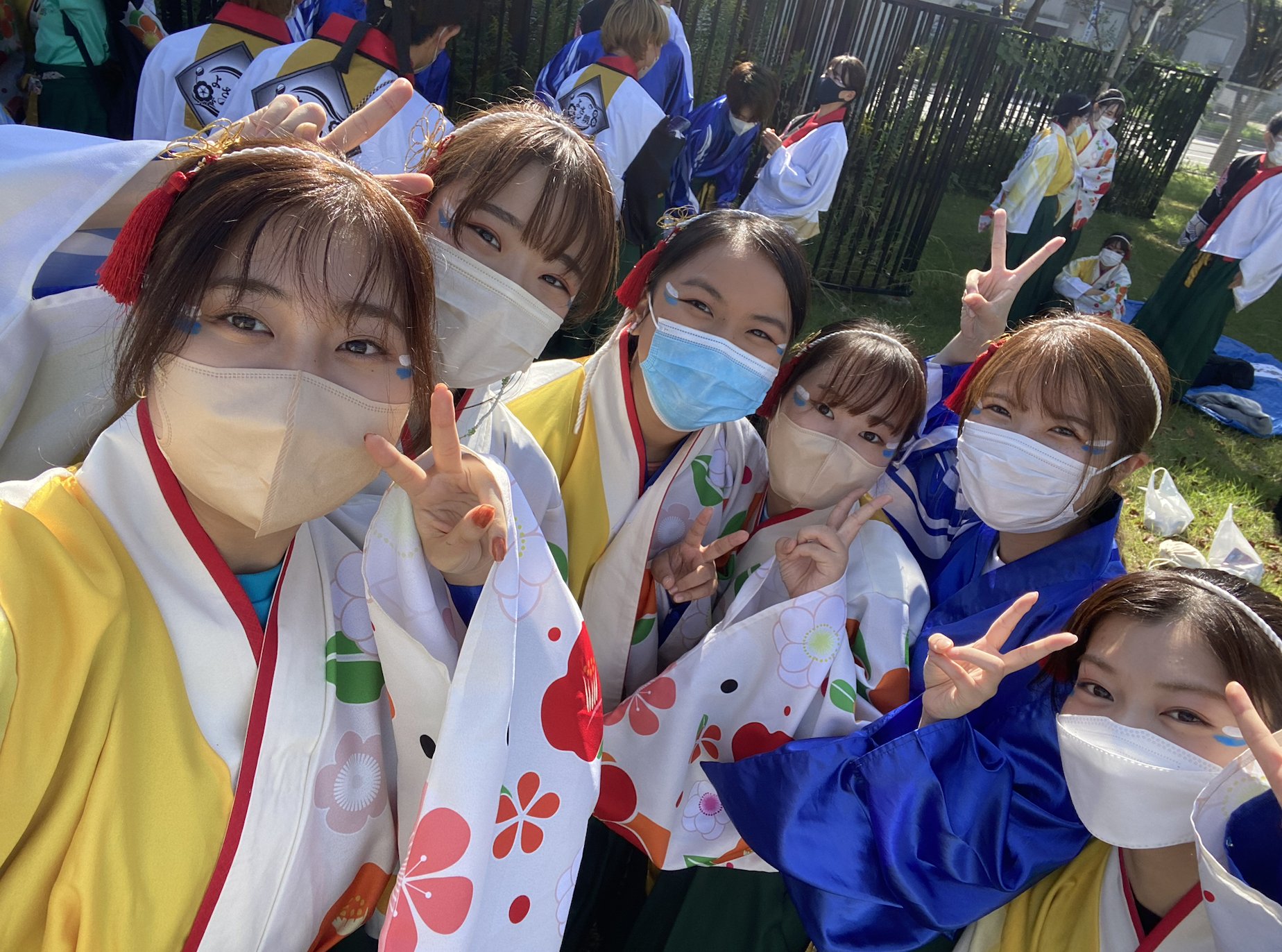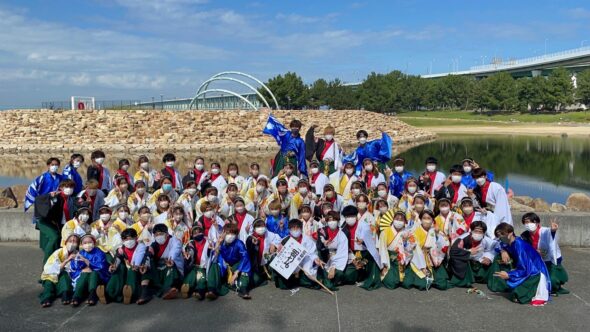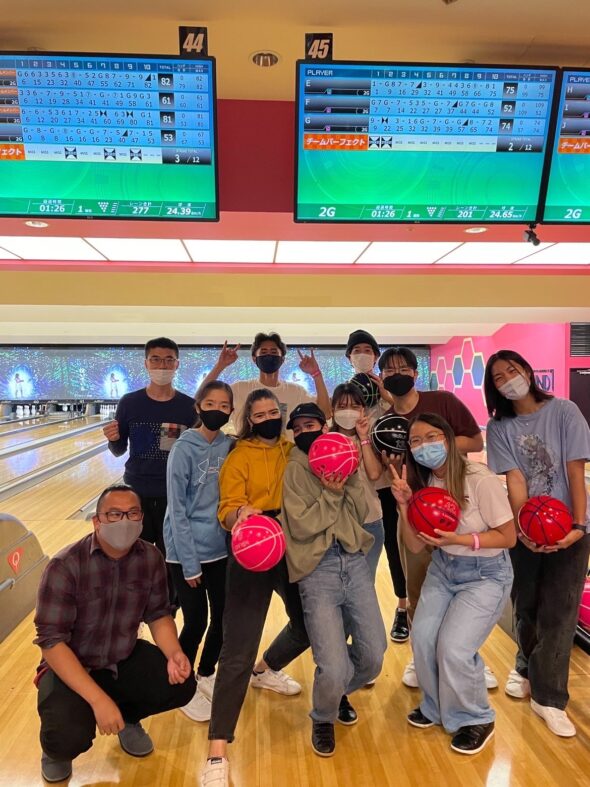At my home school, I am majoring in CSHD (Child Studies and Human Development), so for my CIP I really hoped to do something where I could work with kids. I am also interested in education, so when I explained my wishes to 中村先生, she was able to connection me to 末光先生 (Suemitsu-sensei), who is a private English tutor for young children.中村先生 called 末光先生 ahead of time to explain my situation, but I was also able to make the phone call and talk to 末光先生 myself, to ask if she would take me on as a teaching assistant. I really appreciated this initially process, because I was able to receive some assistance while also having some agency in pursuing my CIP.
末光先生 holds private English teachings at her house, where she and her sister live. Her sister teaches in arts and crafts, so not only is their home decorated beautifully, but the room dedicated to 末光先生’s lessons truly looks like a real classroom! They have visuals and posters of all kinds, games, calendars, abc and counting frames, and books in both Japanese and English for kids as young as kindergarden all the way through late middle school/early high school. I typically attend lessons once a week, for around 1-2 hours. The lessons I assist with are for two young girls, one 10 years old and the other 12. Transportation to and from my CIP is quite easy, as 末光先生’s house is close to Kitaoji Station, only 2 stops away from Imadegawa on the Karasuma line.
I have truly had the most wonderful time during this CIP. I very much enjoy the learning process, so having the opportunity to see and participate in these classes is such a privilege. Linguistically, seeing the way English is taught and experienced by native Japanese speakers is super interesting as well. Many of the materials 末光先生 uses are similar to what I used when I was younger, but seeing firsthand the small differences and approaches to how English is taught has been fascinating. There are many references to American culture that even 末光先生, someone who has studied English the majority of her life and even lived in the U.S. at one point, is puzzled by. I was usually able to shed some light on these elements, but sometimes even I was stumped as well!
The two young girls I worked with were shy at first, but quickly opened up after a few lessons, and we have now grown quite close. What surprised me most was how funny they are after getting more comfortable! We are often able to laugh about various things during our lessons, whether it is bizarre American culture references, the difficulties of grammar in both English and Japanese, or the events of our days. Something that definitely helped us feel closer was when we started to incorporate some more Japanese into our lessons. At first, 末光先生 only wanted me to speak English during the lessons, since it is important to have the exposure of a native speaker for any language learning process. However, 末光先生 also gave me many opportunities to practice Japanese, which helped with my confidence, and made the kids feel more comfortable as well. Before the lesson begins, I explain the events of my day and ask questions to the kids in English. At the end of the lesson, we normally do the same thing, but in Japanese. Also, 末光先生 will sometimes have me read short children’s books in English, but then repeat the same thing in Japanese.
I have also had the opportunity to speak Japanese at events outside of the lessons. For example, 末光先生 held an Oden Party, which was attended by myself, 中村先生, and a few of her students. We all ate oden while taking turns reading our book of choice to the group, all in Japanese. I read Urashimataro, and I was very nervous, but everyone was so kind and encouraging! Also, 末光先生 held a Halloween party, in which I met nearly all of her students and participated in a short skit of Snow White and the Seven Dwarfs. Besides the reading of a short Halloween story, I spoke in Japanese to the children, which worked well, considering my level of Japanese is definitely still at elementary level. I found, also, that it is quite easy to get along with children even with a significant language barrier. Body language and overall demeanor carry much weight, and at the end of the day, many children just want to be around someone who will listen, which I more than happy to do.
Of all the good things to come of my CIP, I am perhaps most grateful for the relationship I have built with 末光先生. She is truly one of the kindest people I have ever met, and is inspiring both as a teacher and a human being. She and her sister have made me feel so welcome in their home, and even have me over for dinner from time to time. We have long conversations in a mix of English and Japanese, and they are endlessly patient with me as I try to match their very good English with my very poor Japanese. They are always excited to share all they know of Japanese culture, and ask many questions about America as well. This semester, KCJS was not able to have host families due to COVID-19 precautions. However, 末光先生 and her sister have made me feel a little bit of what that might have been like, to be so cared for and accepted in a way I did not expect. I encourage anyone who wishes to do a CIP in a classroom setting/working with kids to also engage with the adults in these roles as well; they are extremely passionate about what they do, are more than happy to share what they know with you, and you never know the bonds you may form along the way! My CIP experience is one I will cherish forever, and is definitely one of the most memorable aspects of my time in Japan.



